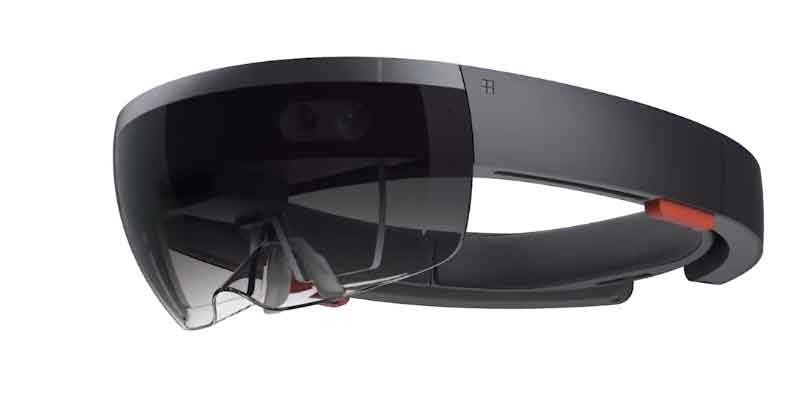In 2015, I witnessed what remains the most impressive tech demo I’ve ever seen: Microsoft’s private demonstration of HoloLens. This week, as Microsoft celebrates its 50th anniversary on April 4, 2025, I’m reminded of that groundbreaking experience. At PCWorld, we’re not only looking back at Microsoft’s history but also honoring the life of our colleague, Gordon Mah Ung, who passed away from cancer last December.
Remembering Gordon Mah Ung
Gordon’s passing made me reflect on my own 30-year career in technology journalism, which began around the same time Gordon transitioned from newspapering to tech journalism. It’s striking how our society often hesitates to ask about someone’s life experiences, tacitly acknowledging its finitude. I wish I had asked Gordon about the most impactful PCs, products, and demos he encountered during his decades of covering technology.
The Microsoft HoloLens Demo
The HoloLens demo on January 21, 2015, was a revelation. Microsoft doesn’t often invite journalists to its Redmond headquarters, and this was my first visit. The event was reminiscent of Douglas Engelbart’s ‘mother of all demos’ in 1968, which introduced the computer mouse and hyperlinking. Microsoft showcased Windows 10, Windows 10 Mobile, HoloLens, and related apps, with the HoloLens being the highlight.

The demo wasn’t just about showcasing the device; it was a curated experience. Reporters were escorted to the basement for one-on-one demonstrations. The HoloLens required precise inter-pupillary distance measurement for optimal viewing. The demo unit was a two-piece visor and NUC-like device, tethered by a cord, different from the final consumer version.
Minecraft Magic
The most memorable part was the Minecraft ‘Holo Builder’ demo. It transformed a standard living room into a Minecraft environment, allowing me to see furniture as game elements. I could walk around, mine, and craft, with the HoloLens overlaying virtual elements onto real-world objects. This was revolutionary, turning any space into a game board.

Other demos included a murder mystery game that overlaid clues on the real world and a version of Conker that allowed players to interact with their surroundings in creative ways.
Remote Assistance with Skype
Another impressive demo was the integration of Skype into HoloLens. We were tasked with rewiring a live light switch while being guided remotely by an expert via Skype. The HoloLens allowed the expert to annotate the real world, making the task straightforward. This showcased the potential for remote assistance in complex tasks.
Creating in 3D with Holo Studio
I also experienced Holo Studio, Microsoft’s version of Tilt Brush, which allowed creating 3D objects that could be pinned to virtual space. While it was impressive, it lacked the emotional resonance of Tilt Brush.
Reflections on Innovation
Looking back, the HoloLens, despite its innovative potential, ultimately failed due to a lack of applications, a fate similar to Windows Phone. Microsoft released HoloLens 2 before discontinuing it. The metaverse concept also failed to gain traction. Alex Kipman, HoloLens’s creator, left Microsoft after harassment allegations.
The HoloLens remains an iconic representation of VR’s challenges. Yet, for me, it was the Minecraft demo that was truly mind-blowing – a testament to the potential of merging the virtual and real worlds in ways that were previously unimaginable.
As I reflect on that demo and Gordon’s legacy, I’m reminded of the importance of acknowledging and celebrating technological achievements, even those that don’t ultimately succeed. They pave the way for future innovations and remind us of the rapid pace of technological progress.


